The American tornado cellar, often referred to simply as a storm shelter, is a vital piece of infrastructure in regions prone to severe weather. These underground structures have saved countless lives over the years, providing refuge when tornadoes strike with little warning. While modern technology has improved early warning systems, the tornado cellar remains a last line of defense against nature’s fury.
The history of tornado cellars in the United States dates back to the early 20th century, particularly in the Midwest and Great Plains, where tornado activity is most frequent. Early settlers quickly realized the need for protective spaces as violent storms ripped through their communities. Homesteaders dug rudimentary pits, often lined with wood or stone, to shield themselves and their families. Over time, these basic shelters evolved into more sophisticated structures, incorporating reinforced concrete and ventilation systems.
One of the most notable aspects of tornado cellars is their cultural significance in rural America. In many small towns, these shelters are not just practical necessities but also symbols of resilience. Families pass down knowledge of their location and maintenance from generation to generation. Community cellars, often built near schools or churches, serve as gathering points during drills and actual emergencies, fostering a sense of collective preparedness.
Modern tornado cellars are engineered to withstand extreme forces, with strict building codes ensuring their reliability. The Federal Emergency Management Agency (FEMA) provides guidelines for construction, recommending materials like precast concrete or steel. Proper installation is critical—shelters must be anchored securely to prevent shifting during high winds. Ventilation and waterproofing are also key considerations, as occupants may need to stay inside for extended periods.
Despite their effectiveness, tornado cellars are not without challenges. Cost can be a barrier for some homeowners, with high-quality shelters ranging from several thousand to tens of thousands of dollars. Accessibility is another concern, particularly for elderly or disabled individuals who may struggle to descend into an underground space quickly. Some communities have addressed this by installing above-ground safe rooms, though these alternatives must meet the same rigorous standards.
The psychological comfort provided by a tornado cellar cannot be overstated. For those living in Tornado Alley—the region stretching from Texas to South Dakota—knowing there’s a safe place to go during a storm alleviates anxiety. Children grow up practicing tornado drills, and the cellar becomes a familiar, almost mundane part of life. Yet, when the sirens sound, its true value becomes immediately apparent.
In recent years, advancements in weather prediction have reduced the reliance on cellars, but they remain indispensable. Meteorologists can now issue warnings with greater accuracy, giving people more time to seek shelter. However, tornadoes can still form rapidly, leaving little room for error. For many, the cellar is the only guaranteed safe space when seconds count.
The future of tornado cellars may involve smarter designs and integration with technology. Some companies are experimenting with shelters equipped with communication devices, emergency lighting, and even backup power supplies. As climate change potentially increases the frequency and intensity of severe weather, the demand for reliable shelters is likely to grow.
Ultimately, the tornado cellar is more than just a hole in the ground—it’s a testament to human ingenuity and the will to survive. Whether dug by hand a century ago or constructed with cutting-edge materials today, these shelters continue to play a crucial role in safeguarding lives against one of nature’s most destructive forces.

By Victoria Gonzalez/Apr 14, 2025

By Samuel Cooper/Apr 14, 2025

By William Miller/Apr 14, 2025
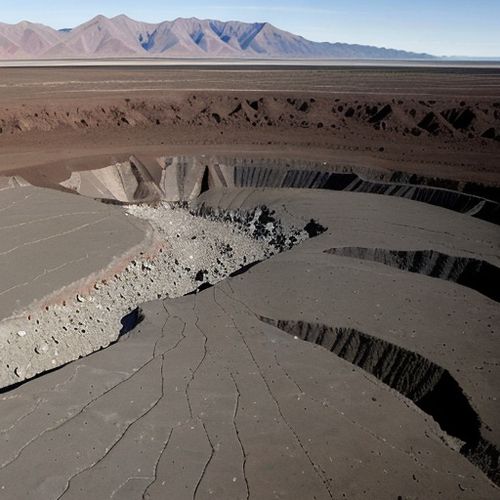
By Emma Thompson/Apr 14, 2025
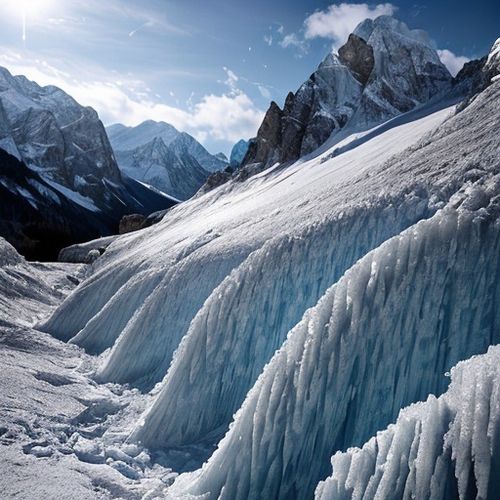
By Lily Simpson/Apr 14, 2025
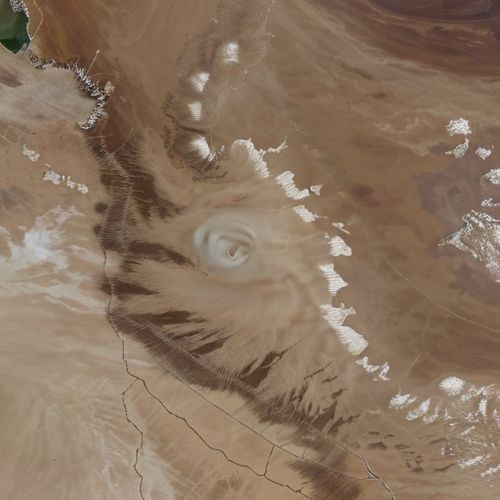
By Emily Johnson/Apr 14, 2025

By George Bailey/Apr 14, 2025
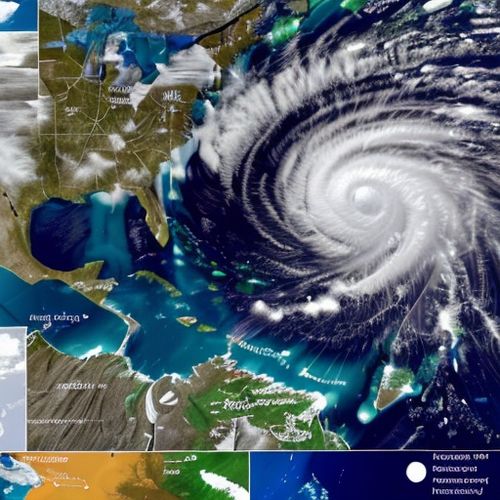
By Sarah Davis/Apr 14, 2025
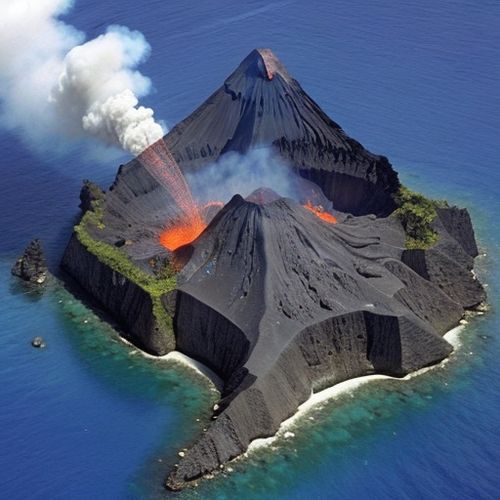
By Grace Cox/Apr 14, 2025
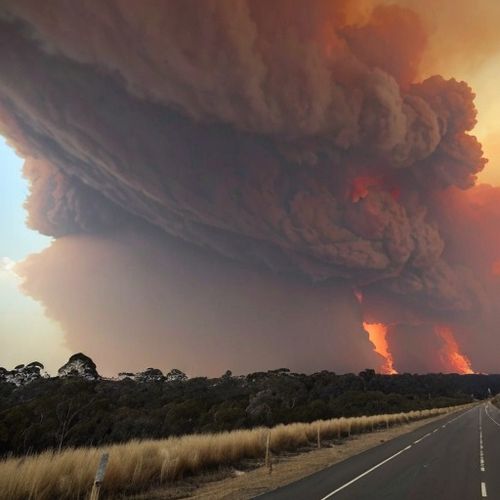
By Natalie Campbell/Apr 14, 2025
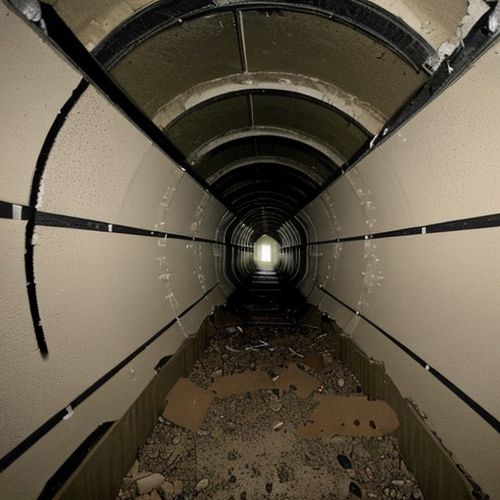
By Christopher Harris/Apr 14, 2025
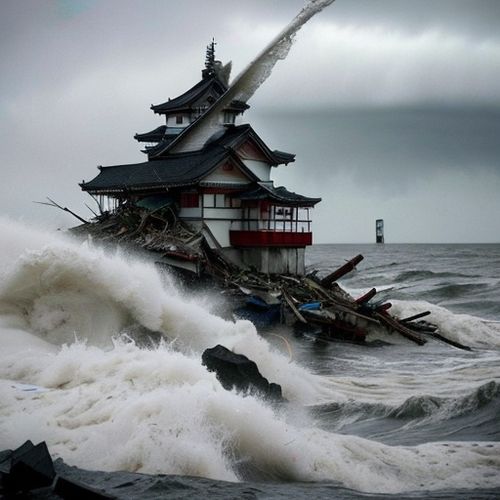
By Rebecca Stewart/Apr 14, 2025

By Joshua Howard/Apr 14, 2025

By Jessica Lee/Apr 14, 2025

By Eric Ward/Apr 14, 2025

By Lily Simpson/Apr 14, 2025
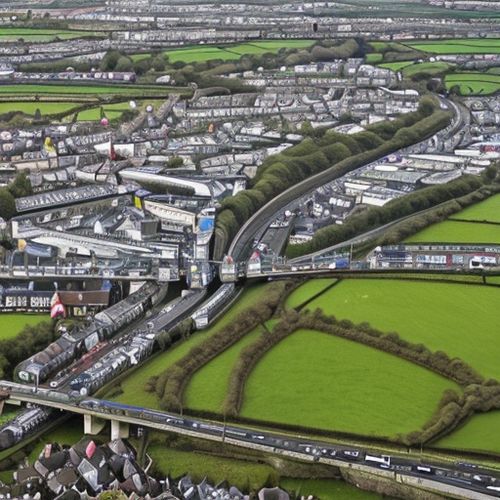
By William Miller/Apr 14, 2025
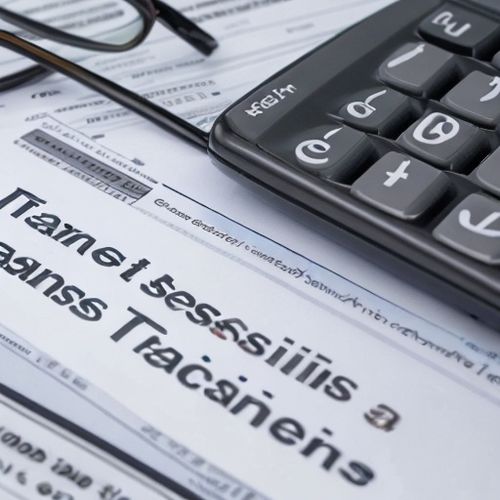
By Olivia Reed/Apr 14, 2025

By William Miller/Apr 14, 2025